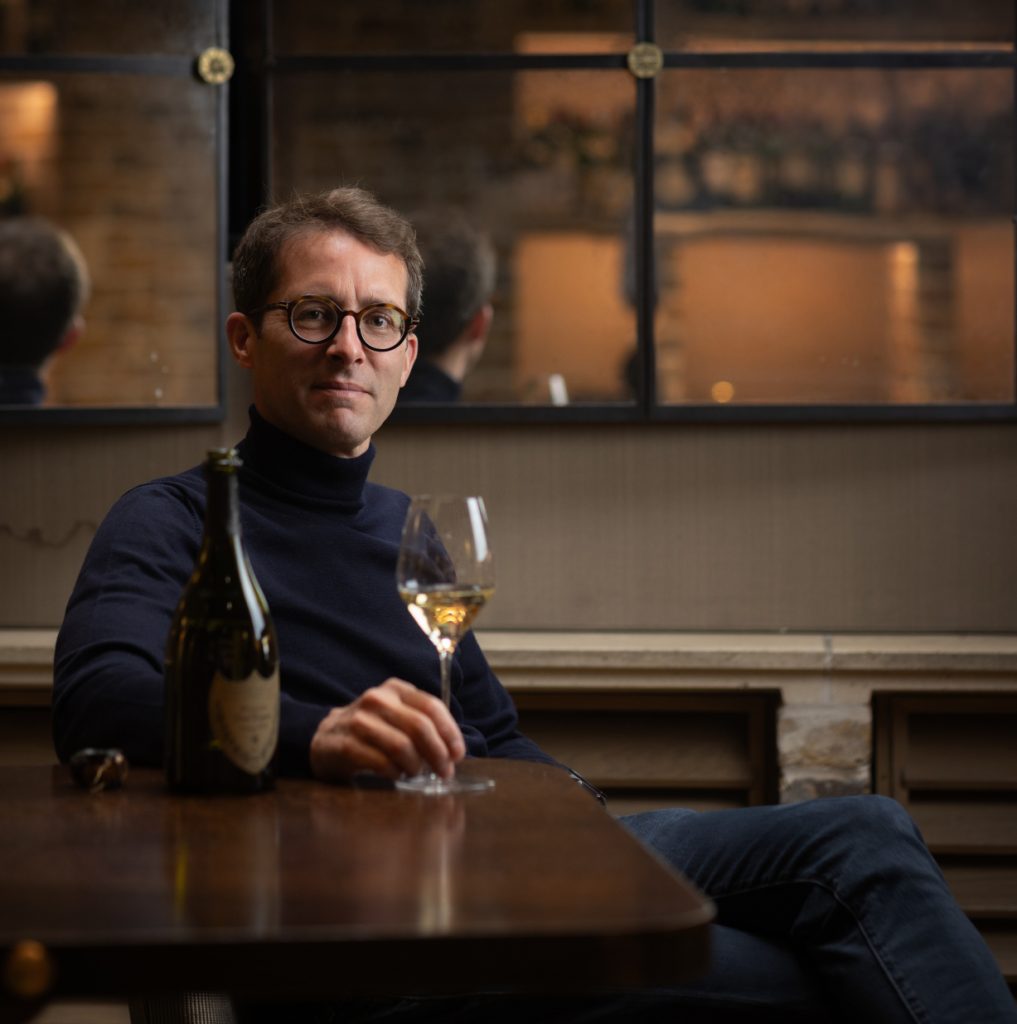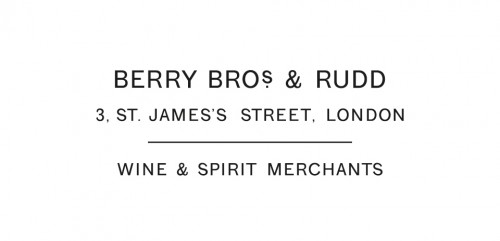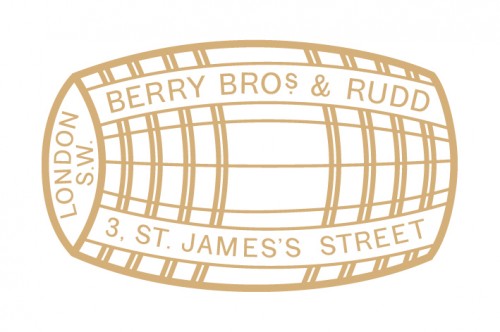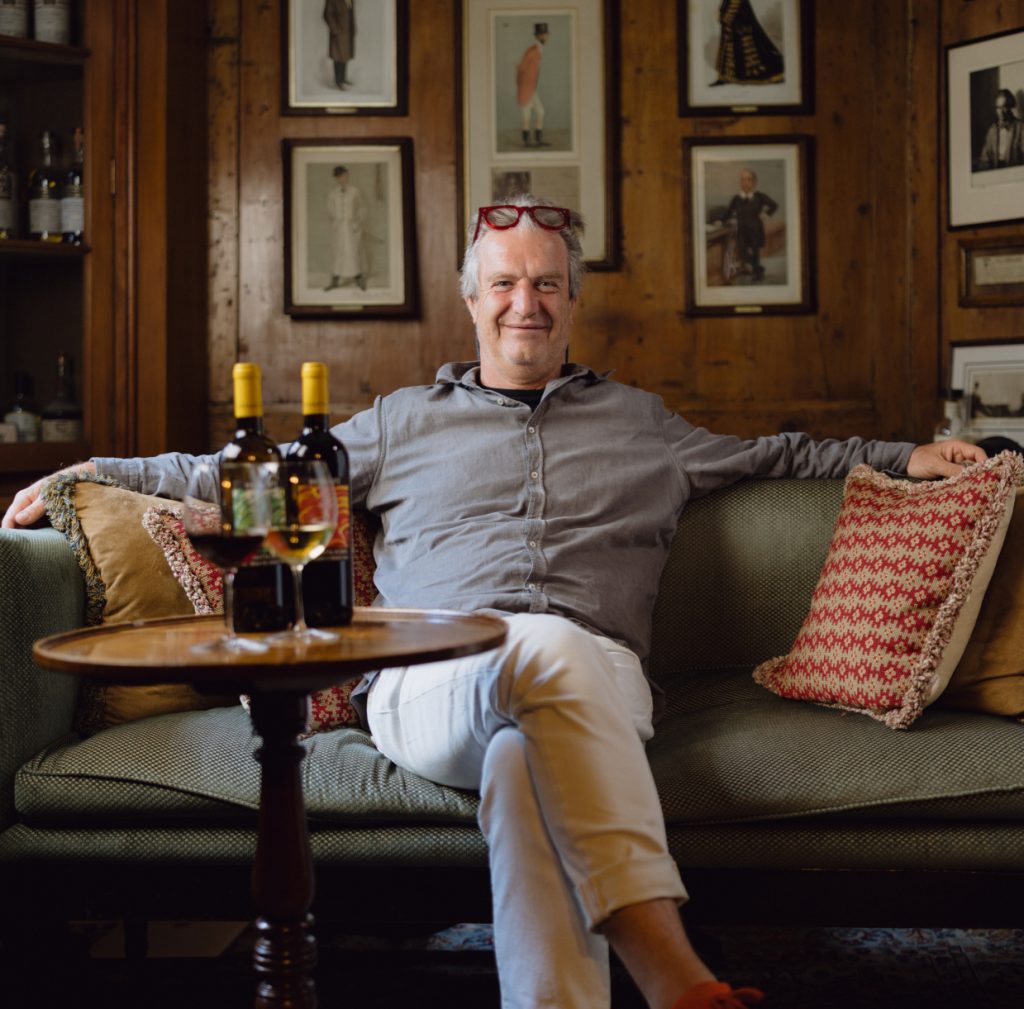Delving into Dom Pérignon
Author: Elisa De Luca

Centuries of history, tradition and critical acclaim have ensured Dom Pérignon is, today, one of Champagne’s most-loved premium brands. With its 2015 vintage now released, we spoke to Dom Pérignon’s Cellar Master, Vincent Chaperon, to find out more about the story and philosophies behind the iconic name.
Dom Pérignon is one of Champagne’s most recognised names. Its history spans nearly 400 years; throughout that time, it has been one of the leading pioneers in quality Champagne production. To this day, its wines are praised as amongst the finest to emerge from the region.
A legacy of mastery
Upholding such a legendary reputation isn’t without its pressures – something not lost on current Cellar Master, Vincent Chaperon. Yet, as he recalls, his childhood prepared him better than most.
“Wine has always been in my blood,” he says, as we begin our interview at No.3 St James’s Street. “I grew up in Bordeaux; my father’s family has always been in the wine business. The Chaperons were négoce in Libourne from the 15th century, and my grandmother used to have an estate in Pomerol, Château Nénin.” His earliest memories, he reminisces, were of running through these esteemed Right Bank vineyards.
What caused him to uproot from Bordeaux and venture into the world of Champagne? “It was quite surprising,” he muses. A chance opportunity, to work at Moët & Chandon in 1999, set him on a trajectory that would last a lifetime. “In my head, it would only be for two or three years, to discover this fantastic world of bubbles. But I stayed.”
Now, it’s been 25 years since he moved to the region – 20 of which he has spent at Dom Pérignon, and the last five of those in his role as Cellar Master. “The role isn’t easy to describe,” he says, when asked what an average day looks like. “It’s very ‘complete’.” Vincent oversees every stage of the wine’s cycle, from vineyard, to harvest, to cellar. “There is no one day which is similar.”
Heritage and individuality
With a heritage as long and respected as Dom Pérignon’s, there comes an inevitable question: as its Cellar Master, how has Vincent put his own mark on the wine?
“Of course, this is an important question, when it’s not your own business,” Vincent says. “But you have to lead it as if it was your own. It is a challenge, to find the right balance between the heritage of Dom Pérignon, between the personality of the wine and your own sensitivity – what you could, and should, bring.” He believes that this element of individuality, seamlessly blended with tradition, is vital. “You need to bring something, to make the wine alive, and modern in its time.”
For this, he says, a Cellar Master needs to have a solid understanding both of the brand they work with, and of their own skill. “Dom Pérignon started over 300 years ago, so there’s a very profound heritage – you have to understand it perfectly. And you have to know who you are, and what you can add to this fantastic, beautiful trajectory.”
A tradition of vintages
Producing vintage Champagnes has always been a key feature of Dom Pérignon, and is certainly a unique approach in the region. As Vincent explains, Champagne growers typically favour non-vintage production – for good reason.
“That comes from the fact that the climate is very harsh, very inconsistent,” he explains. “It’s very difficult to grow vines in such a northerly position. We go through hail, through frost, through rain.” The majority of Champagne’s producers prefer to pick the best grapes from each year and blend them with those from previous vintages, ensuring steady production and a consistent style.
This isn’t the case at Dom Pérignon. Here, only grapes from each specific vintage are used, and only in the best years. It’s one of the key reasons their wines are viewed as being some of the most premium, expressive Champagnes on the market.
“It makes it a challenge, a real challenge, to make Dom Pérignon every year,” Vincent says. However, he believes understanding this is key to understanding his wines. “Making vintage Champagne is something classic, like Bordeaux or Burgundy.”
The team may only declare three out of ten vintages, if conditions are poor, yet every one of these three would be seen as a success. “I think that releasing a vintage is always something very special,” Vincent continues. “It’s a joy, to be able to share it with the world.”
Looking to the future
Given the impact of Champagne’s climate on its wines, Vincent is firm about the fact that vintage winemakers must work within nature’s boundaries, recognising what conditions have given them to work with each year. “Then, you have to be ready to orientate it in a direction which is your own,” he says. This intervention should work in tandem with the impacts of nature: “a double movement,” Vincent says, “which must be a seamless dynamic.”
He remains mindful, though, of keeping tradition front and centre. We speak briefly of the “out of the box” innovations sweeping through the Champagne world: of wines aged underwater, in gold, or in space; of new blends; and increasingly inventive bottles.
“I think that experimentation has always been at the core of luxury fine wine,” he says. “Especially for Dom Pérignon. Our founder, Dom Pierre Pérignon, the Benedictine Monk, changed the trajectory of Champagne drastically. He is considered as a spiritual father of Champagne today. The skill he really had was a permanent sense of experimentation.”
However, he’s wary of straying too far from the path. “The idea is not to explore directions which are not about us; our idea is really to understand our heritage, our tradition, and to push the boundaries of what we are doing within the direction of our precise vision.”
A precise vintage
Dom Pérignon’s latest vintage, the 2015, has just been released. As Vincent recounts, the vintage came with its own challenges – which tested the team immensely.
“2015 tells us about the evolution of Champagne,” he explains; this is a vintage that points to the future of what we can expect from the region. “It was a very warm vintage, but more precisely, it was very sunny. Most of all, I would say it was dry; we certainly had the longest drought we have ever had in Champagne, in modern times.”
Yet, Dom Pérignon was prepared. “We work with 900 hectares of Grand Cru and Premier Cru land,” says Vincent. “So, we could go to the plots which were not so affected, and select the best Pinot Noir and the best Chardonnay.”
All these factors have resulted in a truly special wine. “There is density in 2015,” Vincent describes. “A lot of concentration and richness, and because of the drought, a certain assertivity, a certain authority.”
He likens it to wines from 1995, 2003 and 2005: all wines needing a little time to “unfurl their true personality”. Yet, with time, he feels these are the wines that truly represent the future of Champagne. “It’s a very solid, very direct, linear wine.”
The 2015 vintage of Dom Pérignon is now available to buy on bbr.com.





